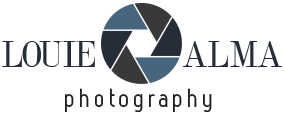I’m ‘Cosy-maxxing’ at home this autumn – and these 6 Primark buys are how I’m doing it in style
Being cosy is so in right now
Virgin Australia has become the first Australian airline to welcome pets in the cabin on flights between Melbourne, the Gold Coast and the Sunshine Coast. The “Pets in Cabin” service will now allow small dogs and cats to travel with their owners for an additional fee of $149 (£73) per animal.
Pets must travel in an approved, soft-sided, leak-proof carrier with absorbent mats inside and remain stowed under the seat for the entire flight duration.
The Pets in Cabin service will initially launch as a trial until 30 January 2026 in order for the airline to gather important feedback from customers. Virgin Australia plans on expanding the service to all eligible domestic flights by late next year.
There is a limit of four pets weighing under eight kilograms that will be permitted with passengers on each of the eligible flights.
Virgin Group Founder, Sir Richard Branson, said:
“I’m thrilled to see Virgin Australia once again rewriting the rule book of aviation. Allowing pets to travel in the cabin speaks to Virgin Australia’s spirit of doing things differently and I can’t wait to see the joy this new service brings to travellers and their four-legged companions.
Guests travelling with pets will be seated in window seats in two designated rows only (seats 18A and 18F and 20A and 20F). Pets will not be permitted to be stowed under any other seat on the aircraft.
There are stipulations: pets must be up to date with vaccinations before travel n accordance with food standards regulations, pets are not permitted in any food and beverage service areas, including Virgin Australia Lounges.
The post Virgin Australia takes off with Australia’s first Pets in Cabin flights appeared first on The Travel Magazine.
